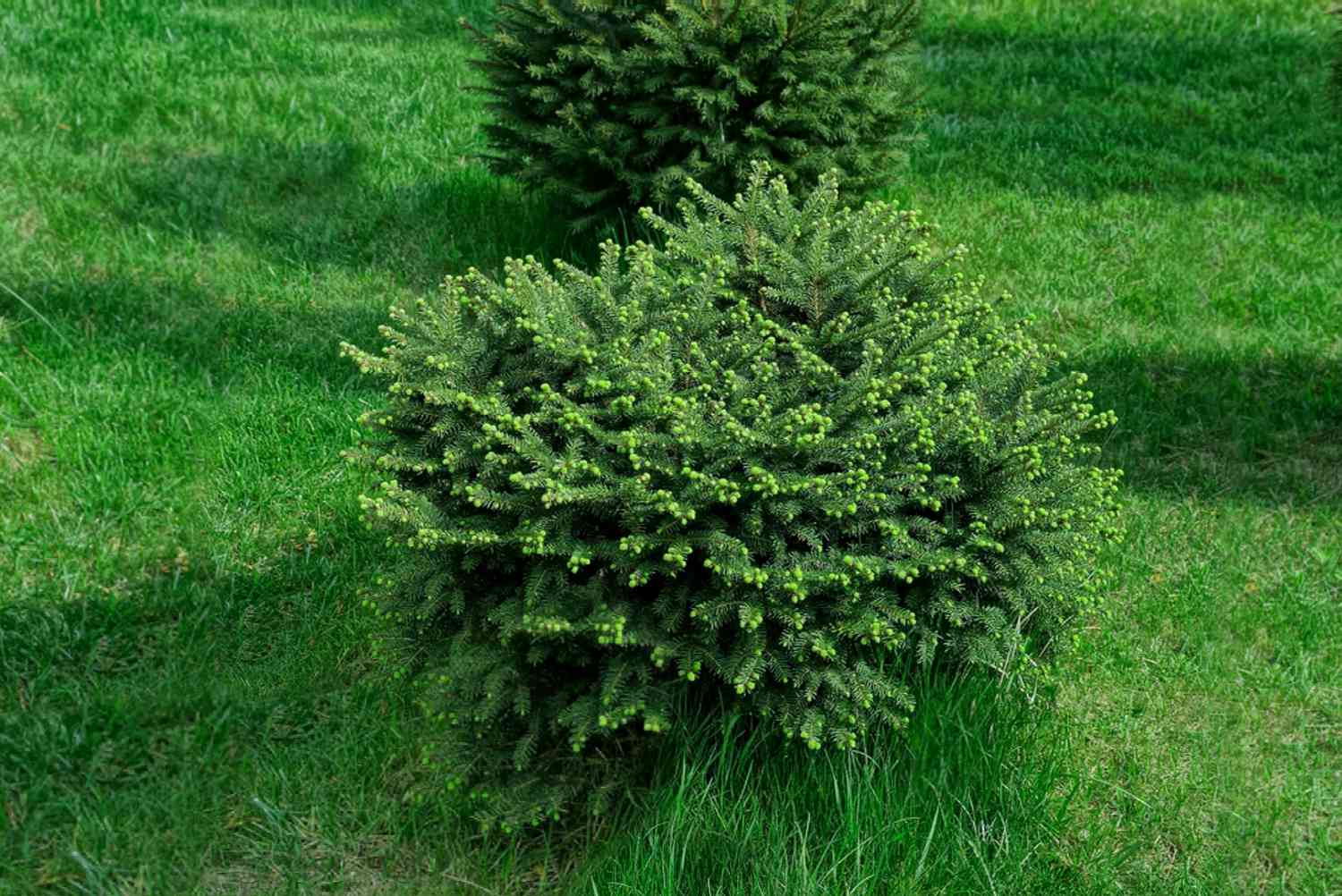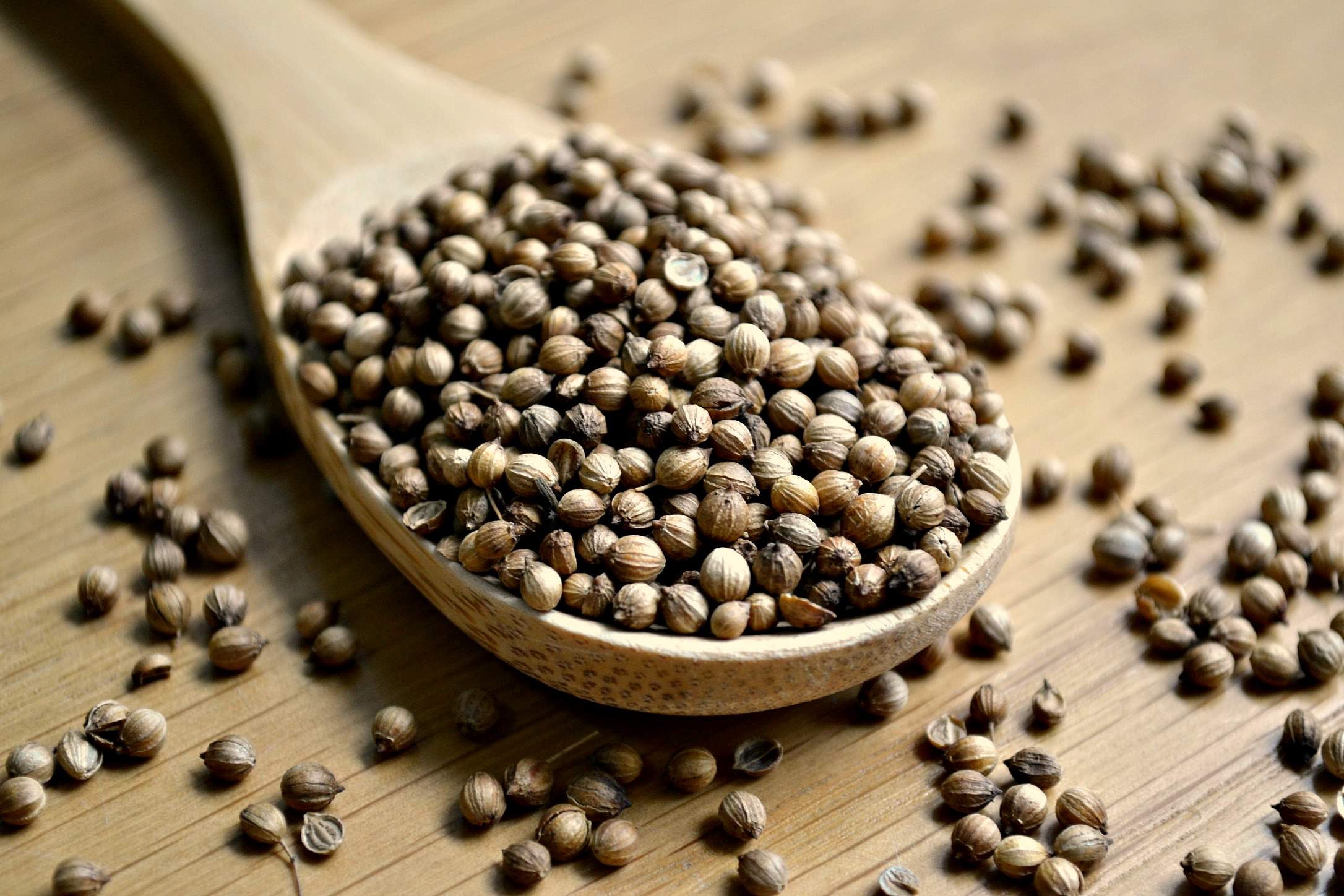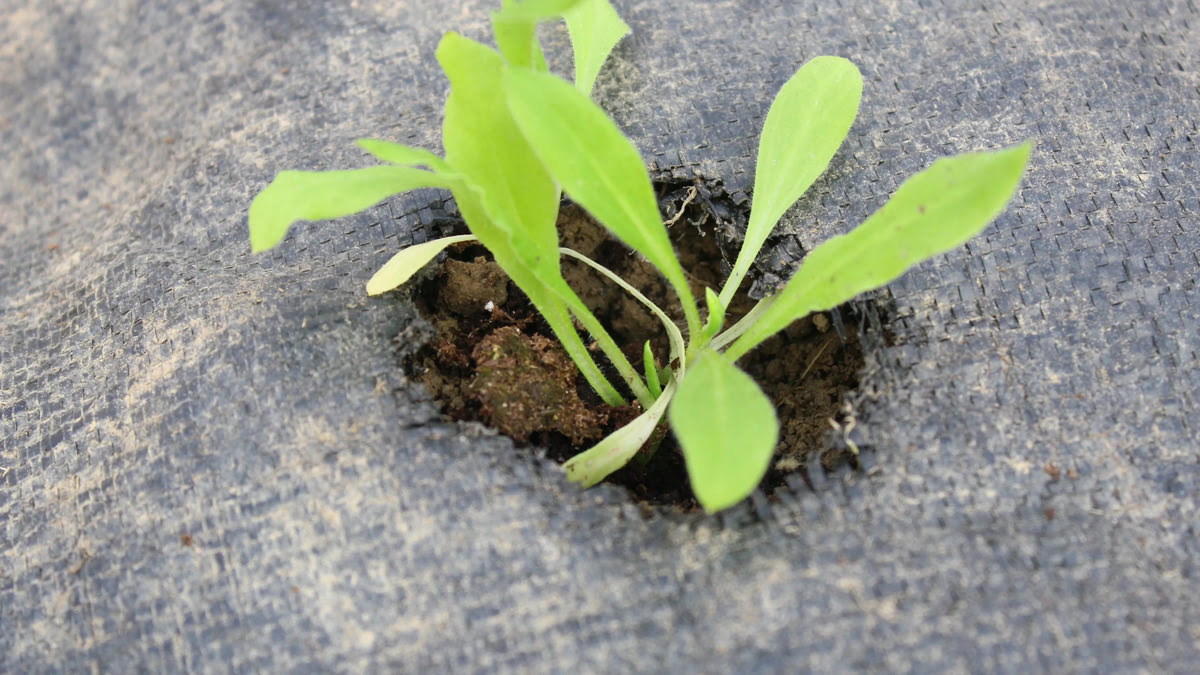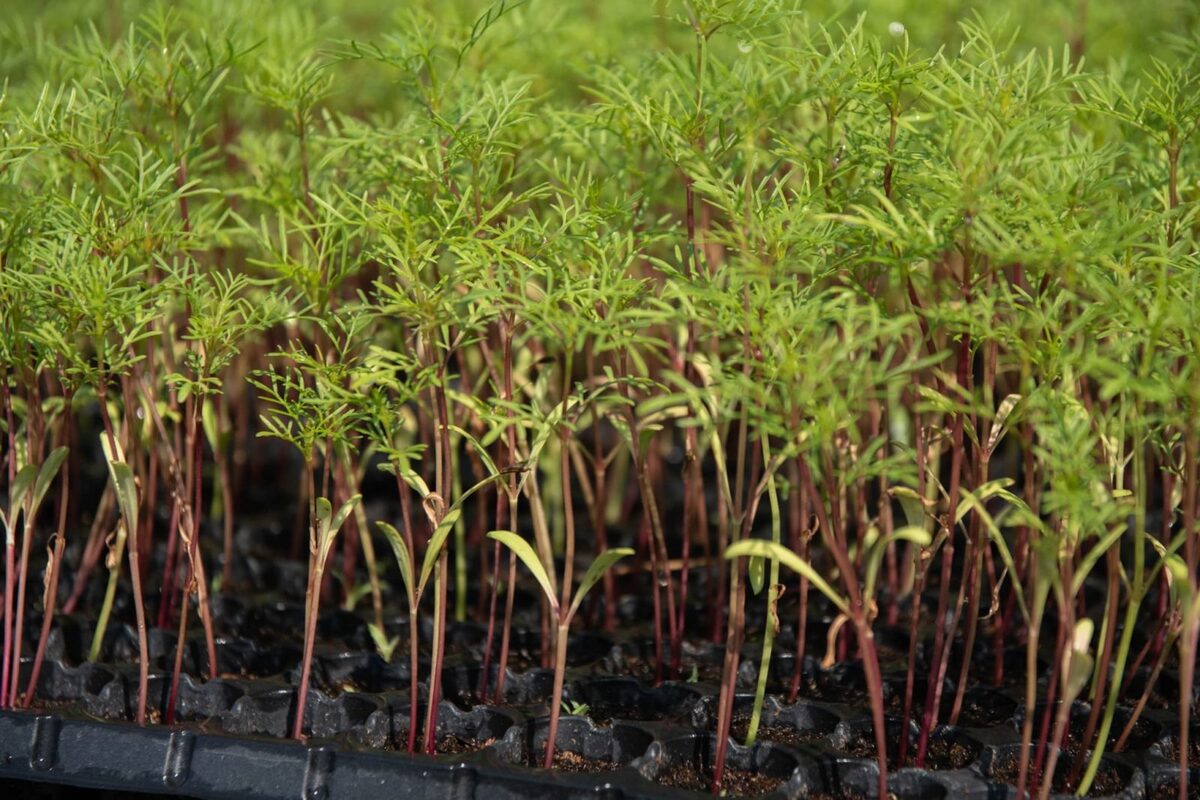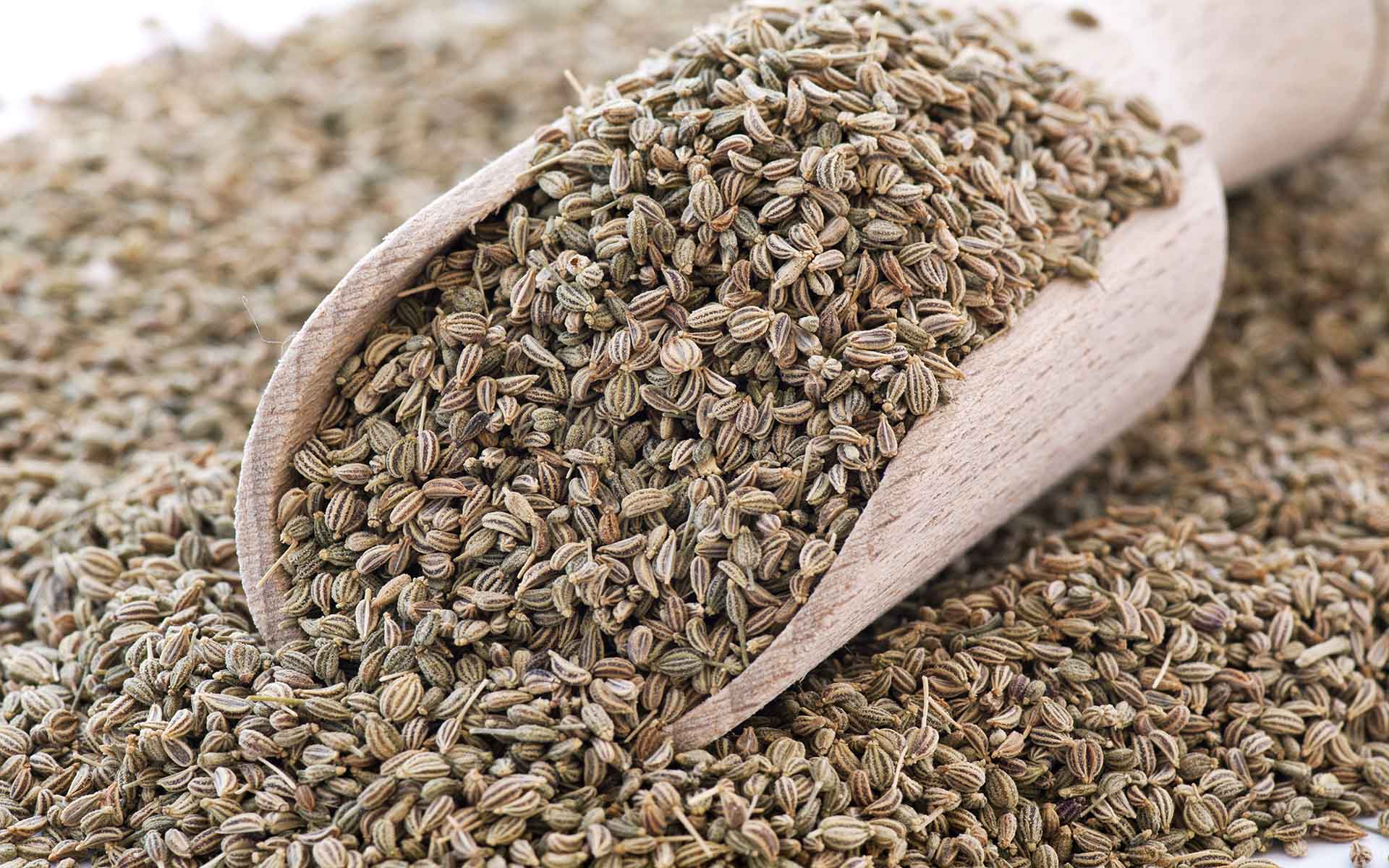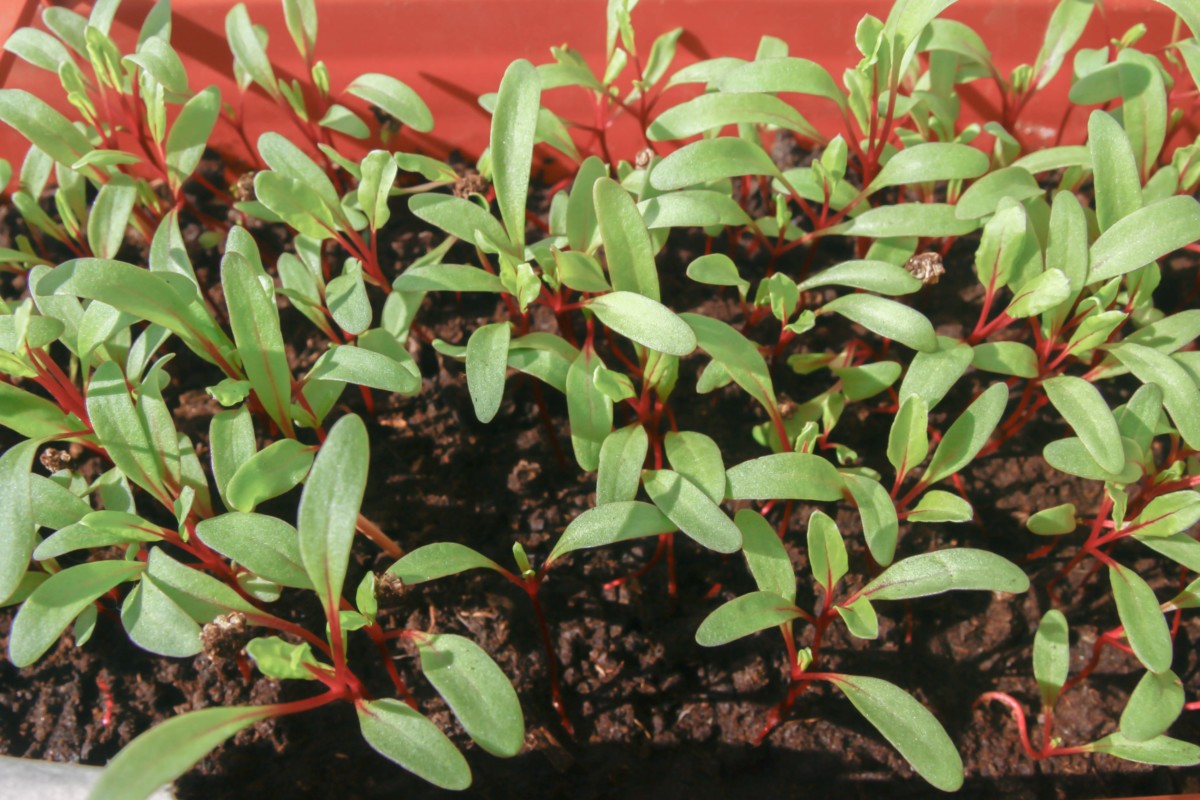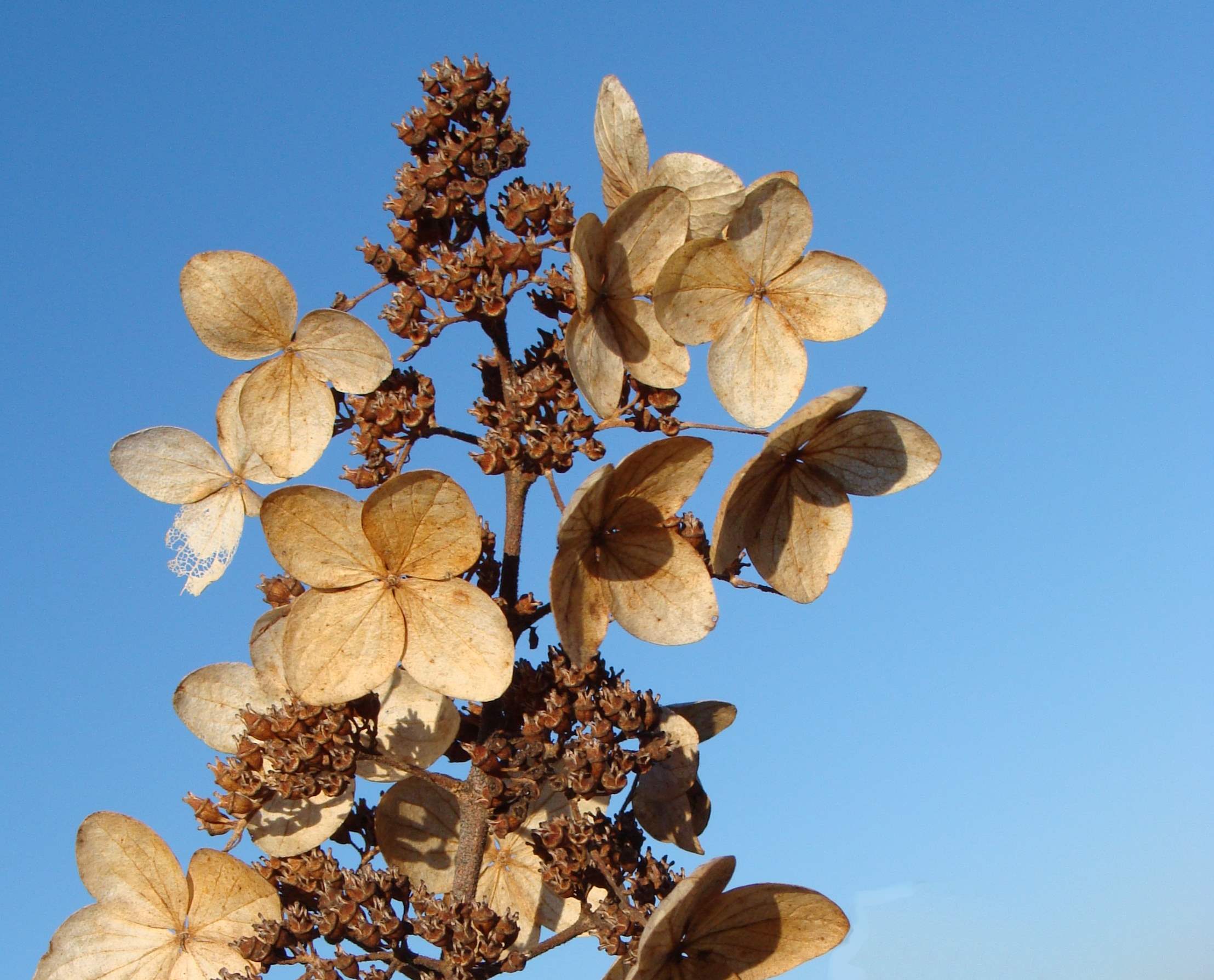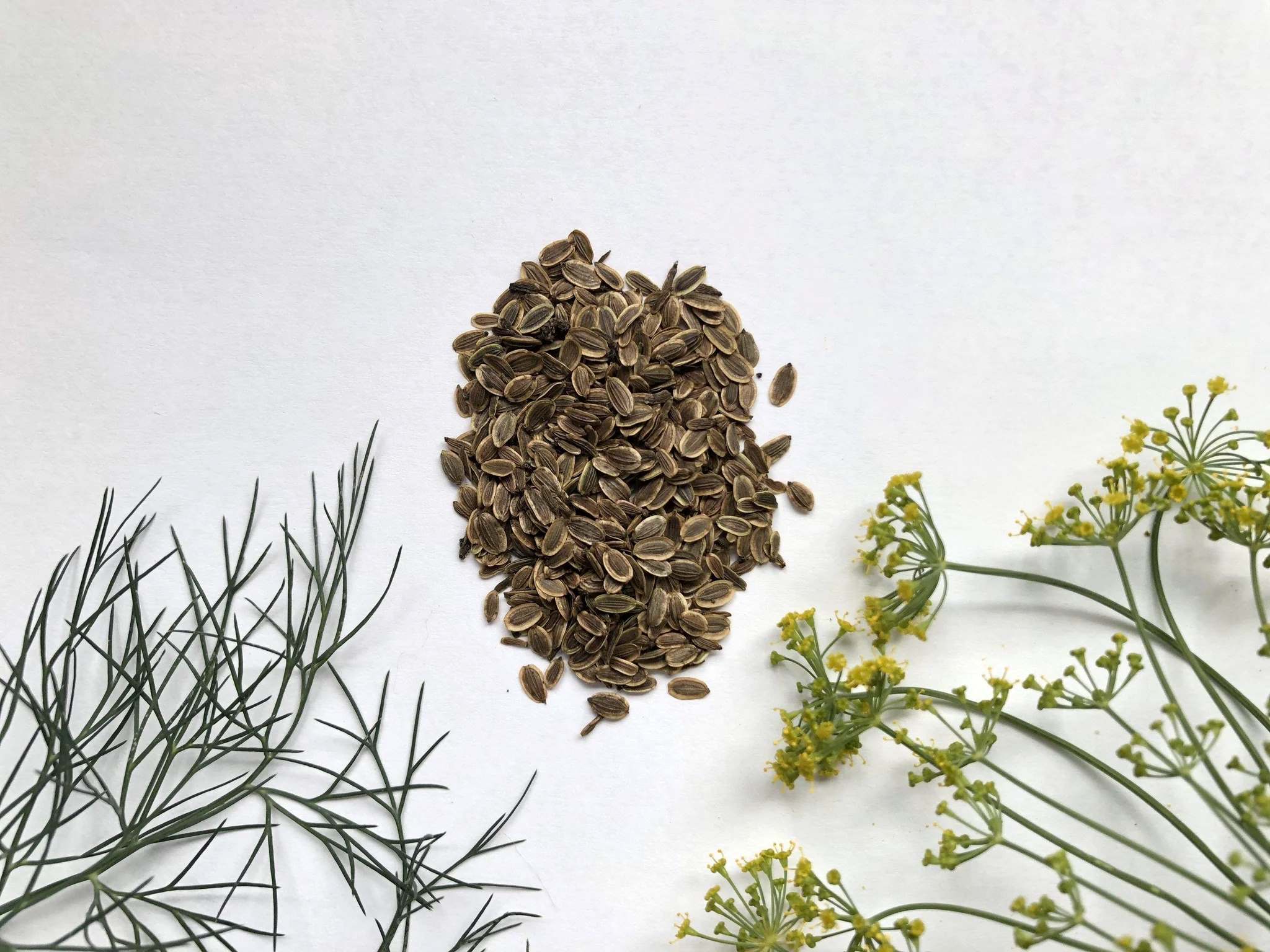Home>Types of Gardening>Ornamental Gardening>What Do Cedar Trees Look Like
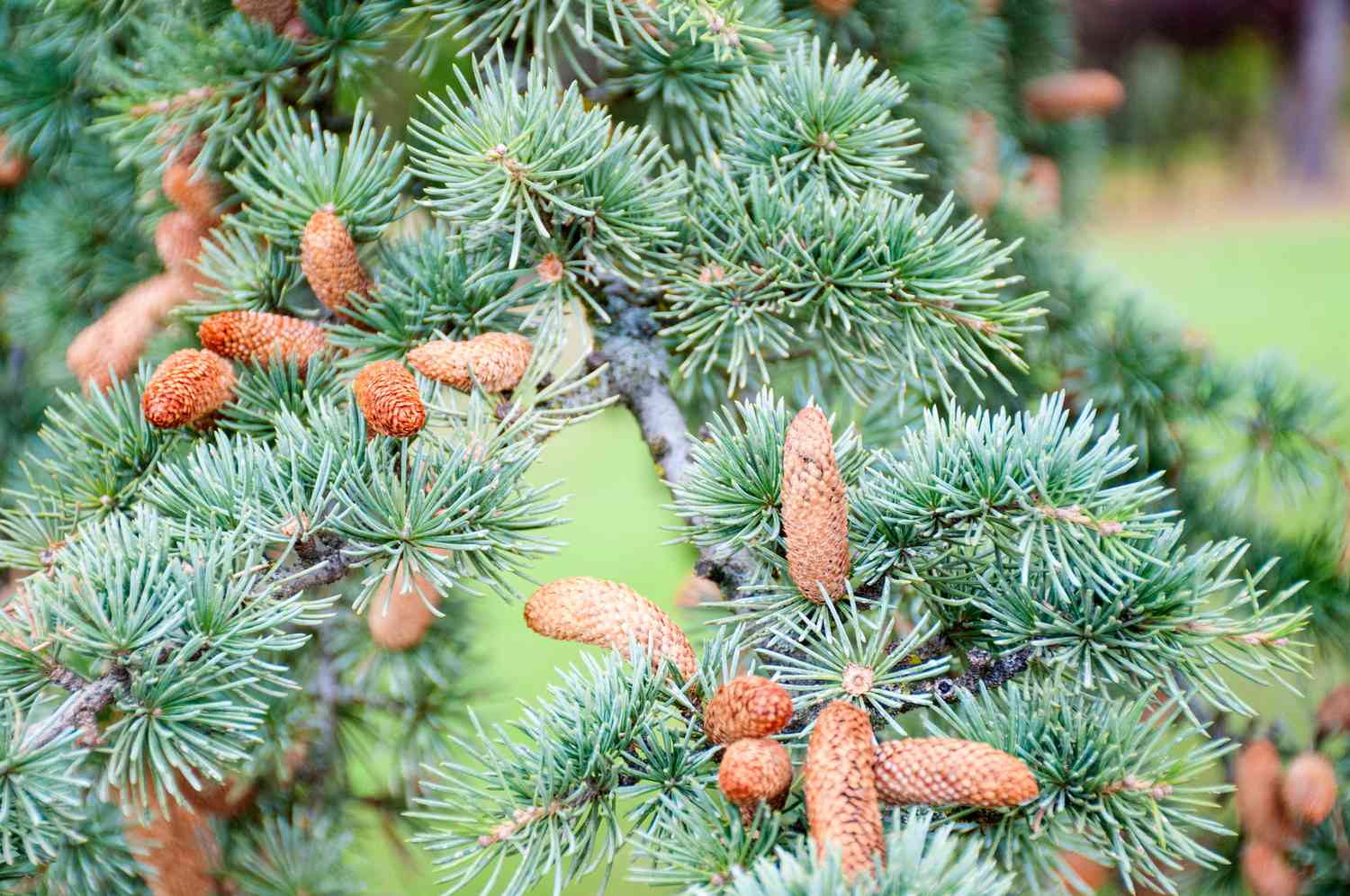

Ornamental Gardening
What Do Cedar Trees Look Like
Modified: January 22, 2024
Learn how cedar trees can enhance your ornamental gardening with their unique appearance and characteristics. Discover what cedar trees look like and how they can add beauty to your landscape.
(Many of the links in this article redirect to a specific reviewed product. Your purchase of these products through affiliate links helps to generate commission for Chicagolandgardening.com, at no extra cost. Learn more)
Table of Contents
Introduction
Welcome to the fascinating world of cedar trees! These magnificent trees have captivated the hearts and minds of ornamental gardeners for centuries. With their unique appearance, aromatic foliage, and versatile uses, cedar trees are an excellent addition to any garden or landscape.
But what exactly do cedar trees look like? In this article, we will explore the various characteristics, leaves, bark, cones, seeds, and size of cedar trees. We will also discuss their habitat and the growing conditions necessary for their thriving. Additionally, we will highlight the multitude of ways in which cedar trees can be utilized in both practical and aesthetic purposes.
Whether you are a seasoned gardener looking to enhance your landscape or a beginner eager to learn more about ornamental gardening, this comprehensive guide will provide you with the knowledge you need to appreciate and cultivate cedar trees.
So, let’s dive into the enchanting world of cedar trees and discover their captivating features.
Characteristics of Cedar Trees
Cedar trees are known for their impressive visual appeal and distinctive features. They are typically coniferous, evergreen trees that belong to the Cupressaceae family. These trees can reach great heights, with some species growing up to 200 feet tall. The majestic stature of cedar trees often makes them a focal point in any landscape.
One of the most recognizable characteristics of cedar trees is their dense foliage. The leaves of cedar trees are arranged in flattened sprays or scales. These leaves are typically dark green in color, providing a lush and vibrant appearance to the tree. Moreover, as an added bonus, the leaves of cedar trees emit a delightful fragrance when crushed or brushed against.
The bark of cedar trees is another distinguishing feature. It is often thick, fibrous, and textured, with a reddish-brown or grayish color. The rugged bark not only adds visual interest but also provides protection to the tree against extreme weather conditions and fungal infections.
In addition to their foliage and bark, cedar trees produce small cones and seeds. These cones are usually elongated or cylindrical in shape and can be found hanging from the branches. The seeds within the cones are tiny and enable the propagation of new cedar trees.
Overall, cedar trees possess a unique blend of grandeur, fragrance, and resilience. Their striking characteristics make them a beloved choice among gardeners and nature enthusiasts alike.
Leaves of Cedar Trees
The leaves of cedar trees are one of their most distinctive features. They play a crucial role in determining the overall appearance and texture of the tree. Cedar leaves are typically arranged in flattened sprays or scales, giving them a unique and visually appealing look.
These leaves are predominantly dark green in color, which adds to the tree’s lush and vibrant appearance. The shade of green can vary slightly depending on the species of cedar tree. Some species have leaves with a lighter or yellowish-green hue, while others have leaves that are deeper and darker in color.
What sets cedar tree leaves apart is their aromatic quality. When the leaves of a cedar tree are crushed or brushed against, they release a beautiful and distinct fragrance. This fragrant aroma is often described as earthy, fresh, and reminiscent of the outdoors. The scent of cedar leaves can be quite calming and therapeutic, contributing to the overall sensory experience of being around these trees.
Cedar leaves are also notable for their durability. They are able to withstand harsh weather conditions, such as strong winds and extreme temperatures, making cedar trees well-suited for various climates. Additionally, the dense foliage of cedar trees provides excellent shade and privacy, making them a popular choice for creating natural screens or windbreaks in gardens.
Whether you’re drawn to the visual appeal, the aromatic fragrance, or the durability of cedar tree leaves, they undeniably contribute to the overall allure of these magnificent trees.
Bark of Cedar Trees
The bark of cedar trees is a defining characteristic that adds texture, visual interest, and protection to these majestic trees. Cedar bark is typically thick, fibrous, and textured, providing durability and resilience.
Cedar tree bark varies in color, ranging from reddish-brown to grayish tones. The color can change as the tree matures and weathers over time. This natural color variation in the bark adds depth and dimension to the overall aesthetic appeal of the tree.
One of the notable features of cedar tree bark is its rugged texture. It can have deep grooves, crevices, and ridges, which not only add visual interest but also provide protection to the tree. The rough texture of the bark helps to shield the tree’s underlying tissues from external factors such as extreme temperatures and physical damage.
Bark also plays a vital role in the health and growth of cedar trees. It acts as a protective barrier against pests and pathogens that could potentially harm the tree. Moreover, the bark helps to retain moisture, preventing excessive water loss and maintaining the tree’s overall hydration.
In addition to its functional benefits, cedar tree bark has been historically used for various purposes. Its natural fibers have been utilized for making ropes, baskets, and even as a building material for shelters by indigenous communities. The aromatic properties of cedar bark have also made it a popular choice for crafting sachets, potpourri, and other scented products.
Overall, the bark of cedar trees is not only visually appealing but also serves as a vital component in the tree’s resilience, protection, and cultural significance.
Cones and Seeds of Cedar Trees
Cedar trees produce small and distinctive cones that contain seeds necessary for their reproduction and propagation. These cones are typically elongated or cylindrical in shape and can vary in size depending on the species of cedar tree.
The cones of cedar trees are a fascinating sight to behold. They hang from the branches and add visual interest to the tree’s overall appearance. The color of the cones can range from green to brown or even reddish hues, depending on the maturity of the cone.
Within the cones are the precious seeds of cedar trees. These seeds are tiny and can be found nestled between the scales of the cone. Each scale contains one or two seeds, and they are an essential part of the tree’s reproductive cycle.
When the cones are mature, they often open up, allowing the seeds to be dispersed. This can happen naturally through wind, water, or the action of animals. Once dispersed, the seeds have the potential to germinate and give rise to new cedar trees.
The seeds of cedar trees have a remarkable adaptation to harsh conditions. They are equipped with protective coatings that enable them to withstand extreme temperatures, drought, and harsh environments. This resilience ensures that the seeds have a higher chance of survival and successful germination.
Furthermore, cedar tree seeds play a crucial role in biodiversity and ecosystem balance. They provide a food source for birds, squirrels, and other wildlife, contributing to the overall ecological web.
Whether it’s the elegant shape of the cones or the promise of new life through the seeds, the cones and seeds of cedar trees reflect the innate beauty and resilience of these remarkable trees.
Size and Shape of Cedar Trees
Cedar trees are known for their impressive size and captivating shapes. While the exact dimensions can vary depending on the species and growing conditions, cedar trees have the potential to reach great heights and exhibit unique forms.
When it comes to height, cedar trees can grow to impressive proportions. Some species can reach towering heights of up to 200 feet (60 meters) or even more. However, it is important to note that the height of cedar trees can be influenced by factors such as soil fertility, sunlight exposure, and climate conditions.
As for their shape, cedar trees possess a distinctive silhouette that adds to their allure. Many cedar tree species have a pyramidal or conical shape when young. This form gradually changes as the tree matures and can develop a more irregular or rounded crown. The branches and foliage often spread out and become denser as the tree grows, creating a full and lush appearance.
It is worth mentioning that not all cedar trees exhibit the same size and shape. Different species have their own unique growth habits and characteristics. For instance, the Eastern Red Cedar (Juniperus virginiana) often has a more columnar or upright shape, while the Deodar Cedar (Cedrus deodara) has a distinct spreading habit with drooping branches.
Additionally, the size and shape of cedar trees can also be influenced by pruning and maintenance practices. Pruning can help shape the tree and control its growth, allowing for a desired size and form in the landscape.
Whether towering and majestic or gracefully spreading, the size and shape of cedar trees contribute to their overall grandeur and make them a captivating addition to any garden or landscape.
Habitat of Cedar Trees
Cedar trees are native to various parts of the world, including North America, Asia, and the Mediterranean region. They have adapted to a wide range of habitats and can be found thriving in diverse environments.
One of the notable traits of cedar trees is their ability to tolerate different soil types. They can thrive in well-drained soils, including sandy, loamy, or clay soils. However, they prefer soils with good drainage to prevent waterlogged conditions that may lead to root rot.
Cedar trees have also shown resilience in terms of climate conditions. Many species are cold-hardy and can withstand freezing temperatures and snowy winters. At the same time, certain species can withstand hot and arid climates, making them well-suited for regions with dry summers.
In terms of sunlight requirements, cedar trees are adaptable. While they generally prefer full sun exposure to thrive and reach their full potential, some species can tolerate partial shade. However, it is important to note that excessive shade can lead to sparse foliage and hinder the overall growth and vigor of the tree.
Moreover, cedar trees are often found in areas with good air circulation. This helps prevent the buildup of moisture and reduces the risk of fungal diseases. Their open branches and natural form allow for adequate airflow, making cedar trees a suitable choice for gardens and landscapes.
In their native habitats, cedar trees can be found in a variety of landscapes, including forests, mountains, and coastal regions. They often coexist with other plant species and contribute to the diversity and ecological balance of the ecosystem.
Whether it’s the sandy shores, mountain slopes, or forested valleys, cedar trees showcase their resilience and adaptability, making them a splendid addition to various habitats around the world.
Growing Conditions for Cedar Trees
Cedar trees are relatively low-maintenance and can thrive in a variety of growing conditions when provided with the right care. Understanding the optimal growing conditions for cedar trees is essential for their health and successful cultivation.
First and foremost, cedar trees prefer well-drained soil. They can tolerate a range of soil types, including sandy, loamy, or clay soils, as long as the soil allows for proper drainage. Poorly drained or waterlogged soil can lead to root rot and other issues.
When it comes to sunlight, cedar trees thrive in full sun exposure. They require at least 6 hours of direct sunlight per day to reach their full potential. While some species can tolerate partial shade, it is important to provide ample sunlight for optimal growth and dense foliage.
Watering practices are crucial for the health of cedar trees. They require regular watering, particularly during the establishment phase. Once established, cedar trees are generally drought-tolerant and can withstand periods of dry weather. However, during prolonged dry spells, it is important to provide supplementary irrigation to prevent stress and maintain their vitality.
In terms of climate, cedar trees are adaptable to various regions. Many species are cold-hardy and can withstand freezing temperatures. However, it is important to select the appropriate species for your specific climate zone to ensure their success. Likewise, certain species are more suitable for hotter and drier climates.
Fertilization can benefit cedar trees, especially in nutrient-deficient soils. Applying a balanced slow-release fertilizer in early spring can provide the necessary nutrients for healthy growth. However, it is important to follow the recommended dosage and not over-fertilize, as excessive nutrients can be detrimental to the tree’s health.
Lastly, proper pruning can help maintain the shape and health of cedar trees. Pruning dead or diseased branches should be done as necessary, and any shaping or resizing should be done during the dormant season.
By ensuring the right growing conditions, including well-drained soil, proper sunlight exposure, adequate watering, suitable climate, appropriate fertilization, and occasional pruning, you can create an optimal environment for cedar trees to thrive and flourish.
Uses of Cedar Trees
Cedar trees have been valued for their versatility and practical applications for centuries. From construction material to aromatic products, cedar trees offer a range of uses that make them highly valued in various industries and everyday life.
One of the most prominent uses of cedar trees is in the construction industry. The wood of cedar trees is naturally resistant to decay and insect damage, making it highly sought after for outdoor structures, such as siding, decking, and fences. Cedar wood is prized for its durability, beautiful grain patterns, and natural reddish-brown color, which adds warmth and character to any project.
Cedar trees are also widely used in the production of cedarwood essential oil and cedarwood products. The wood’s aromatic properties make it a popular choice for creating sachets, potpourri, and closet or drawer liners. The soothing and pleasant aroma of cedar has been known to repel insects and moths, adding a practical and delightful touch to linen closets and storage areas.
Furthermore, cedar trees have cultural and symbolic significance in many indigenous communities. The wood has been used for crafting traditional tools, canoes, and ceremonial items. Cedar has a strong spiritual connection and is believed to possess protective and healing properties.
In the horticultural field, cedar trees are often utilized for their ornamental value. Their lush foliage, interesting bark texture, and attractive shape make them excellent choices for landscaping and creating privacy screens or windbreaks. Cedar trees can also serve as a backdrop for other garden plants, providing an evergreen backdrop that adds depth and beauty to the landscape.
Besides their practical and decorative uses, cedar trees also contribute to environmental conservation. They provide habitat and food sources for birds, squirrels, and other wildlife. Additionally, their large canopies offer shade and help moderate temperatures, reducing the energy needed for cooling in hot climates.
Overall, the uses of cedar trees are vast and diverse, ranging from construction material to aromatic products and cultural significance. These remarkable trees continue to be treasured for their practicality, beauty, and ecological benefits.
Conclusion
Cedar trees are truly magnificent and versatile additions to any ornamental garden. With their distinct characteristics, such as aromatic foliage, rugged bark, and unique cones and seeds, these trees possess a unique allure that captures the hearts of gardeners and nature enthusiasts.
Their size and shape, ranging from towering heights to elegant and spreading forms, add grandeur and visual interest. Cedar trees thrive in a variety of habitats and growing conditions, from well-drained soils to full sun exposure, making them adaptable and resilient.
Not only do cedar trees enhance the aesthetic appeal of a landscape, but they also serve practical purposes. The wood of cedar trees is highly valued in construction for its natural resistance to decay and insect damage. Cedarwood products, such as essential oils and aromatic sachets, bring their delightful fragrance into our homes.
Furthermore, these remarkable trees have cultural significance and contribute to biodiversity and environmental conservation. They provide habitat and food for wildlife, while their shade and temperature moderating abilities can reduce energy consumption.
Whether you are drawn to the beauty, practical uses, or environmental benefits, cedar trees embody the perfect blend of form and function. By understanding their characteristics, growing conditions, and diverse uses, you can fully appreciate and cultivate cedar trees in your own garden or landscape.
So, embrace the enchanting world of cedar trees! Enjoy their captivating presence, create a sanctuary of fragrance, and benefit from their versatile applications. Incorporate the elegance and resilience of cedar trees into your ornamental gardening journey, and experience the charm they bring to any outdoor space.
